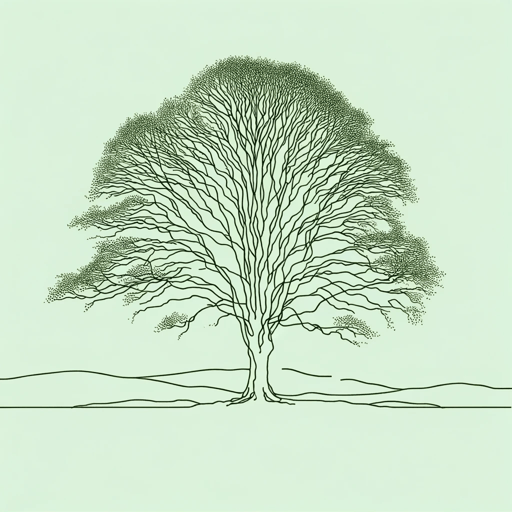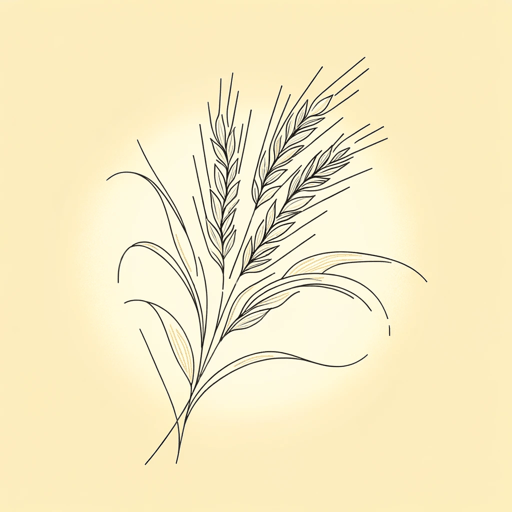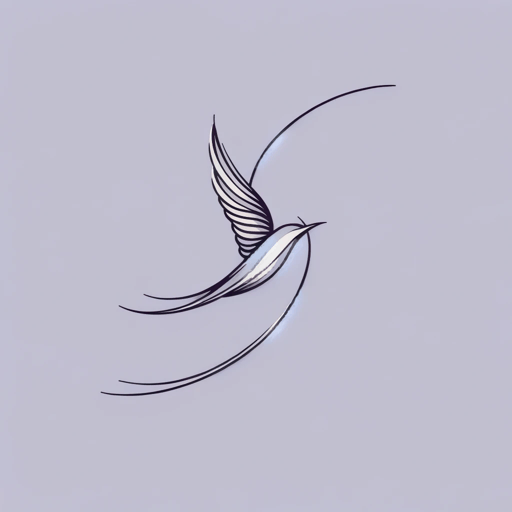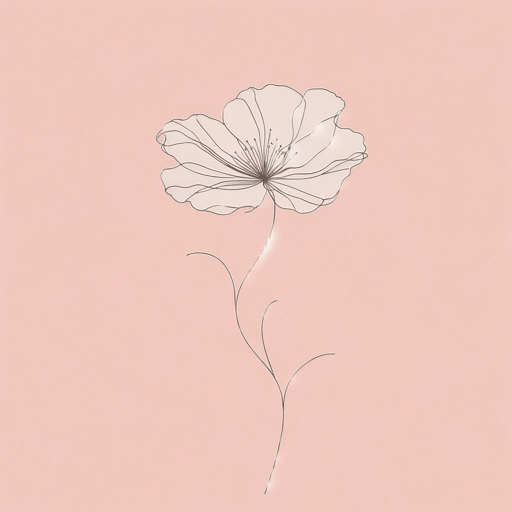18 pages • 36 minutes read
William WordsworthShe Was a Phantom of Delight
Fiction | Poem | AdultA modern alternative to SparkNotes and CliffsNotes, SuperSummary offers high-quality Study Guides with detailed chapter summaries and analysis of major themes, characters, and more.
Literary Devices
Figurative Language
Poets use figurative language to convey meaning beyond the literal definition of words. Wordsworth’s use of figurative language in “Phantom” reflects his poetic intent to see beyond the physical to the deeper, spiritual truth of things. First, he employs two similes in Stanza 1. A simile compares two unlike things to highlight the similarities between them. The woman’s eyes are like “stars” appearing in twilight, and her “dusky hair” is likened to the dark hues of twilight.
Next, in Line 22, Wordsworth uses metaphorical language. “The very pulse of the machine” might seem to (unflatteringly) compare Mary’s body to a machine, but Wordsworth uses the term not in its modern, technological sense. Rather, he references a structure made up of many parts (like a human being). He uses the metaphor of a “machine” in much the same way in Line 217 of Canto IV of “The Waggoner” (Wordsworth, William. “The Waggoner.” 1819. Sheffield Hallam University.)
The phrase “cheerful Dawn” (Line 8) is an example of another type of figurative language, personification, which ascribes human characteristics to an object, animal, or abstraction.
Related Titles
By William Wordsworth

A Complaint
William Wordsworth

A Slumber Did My Spirit Seal
William Wordsworth

Composed upon Westminster Bridge, September 3, 1802
William Wordsworth

Daffodils
William Wordsworth

I Wandered Lonely as a Cloud
William Wordsworth

Lines Composed a Few Miles above Tintern Abbey ...
William Wordsworth

London, 1802
William Wordsworth

Lyrical Ballads
William Wordsworth

My Heart Leaps Up
William Wordsworth

Ode: Intimations of Immortality from Recollections of Early Childhood
William Wordsworth

Preface to Lyrical Ballads
William Wordsworth

She Dwelt Among The Untrodden Ways
William Wordsworth

The Prelude
William Wordsworth

The Solitary Reaper
William Wordsworth

The World Is Too Much with Us
William Wordsworth

To the Skylark
William Wordsworth

We Are Seven
William Wordsworth

